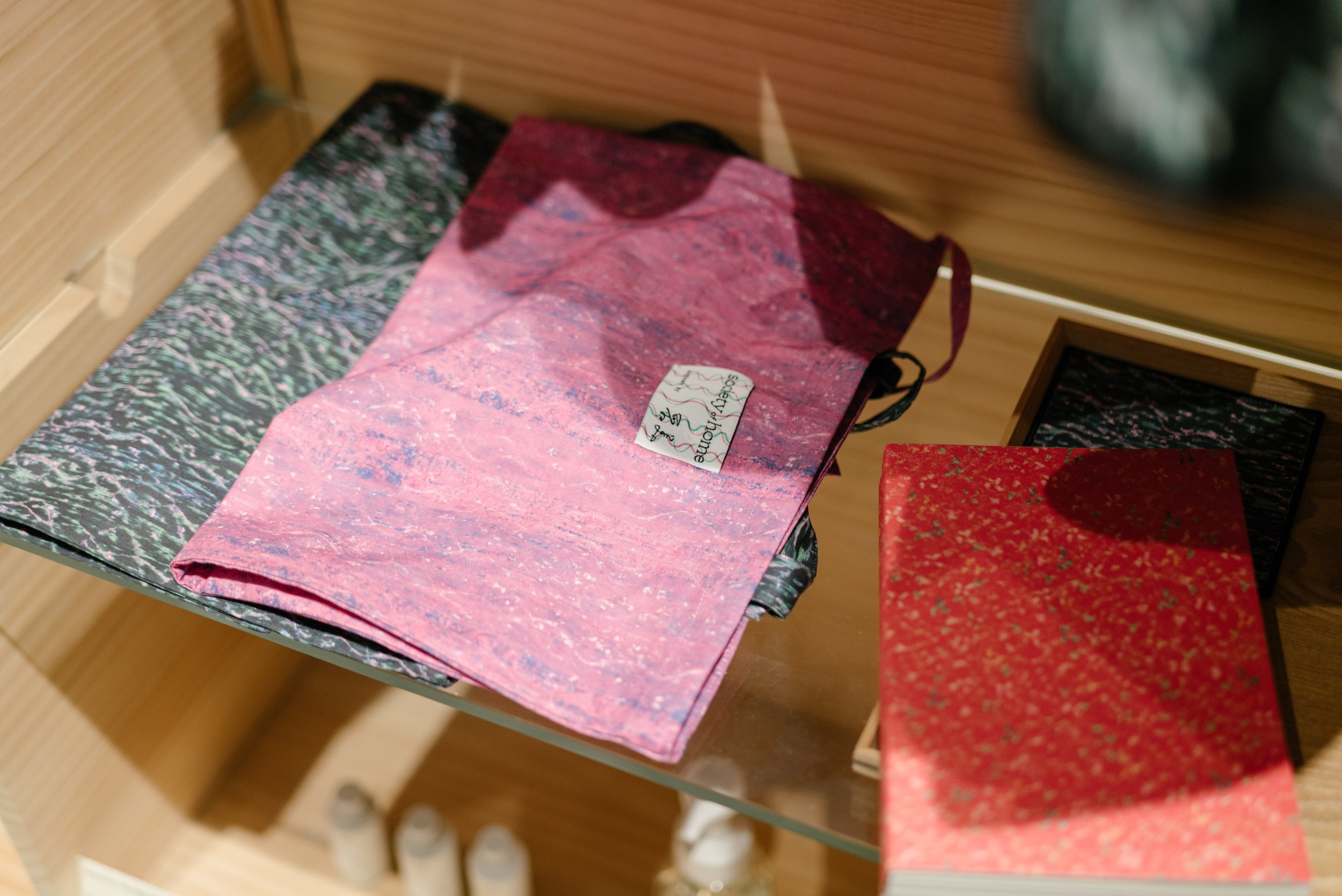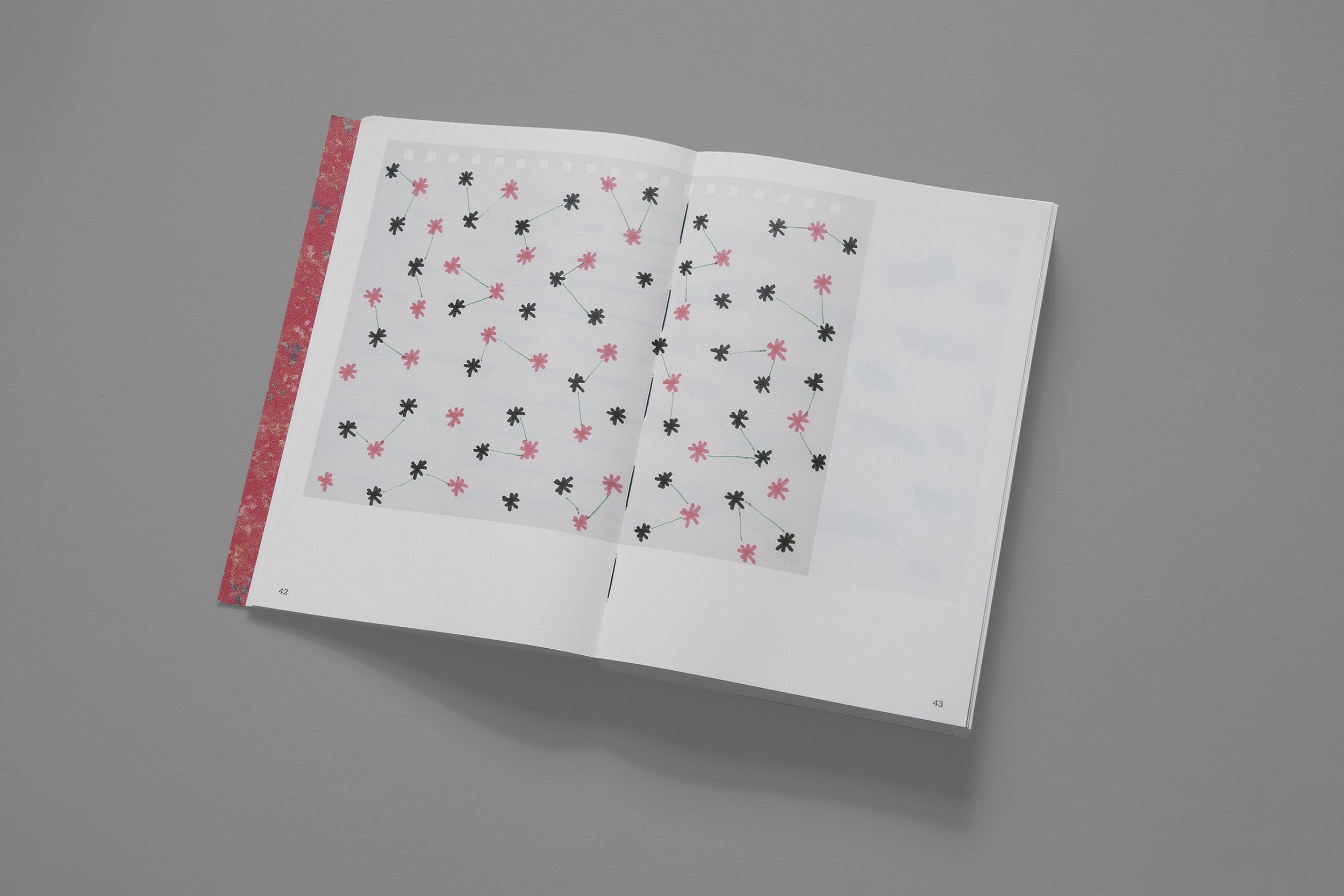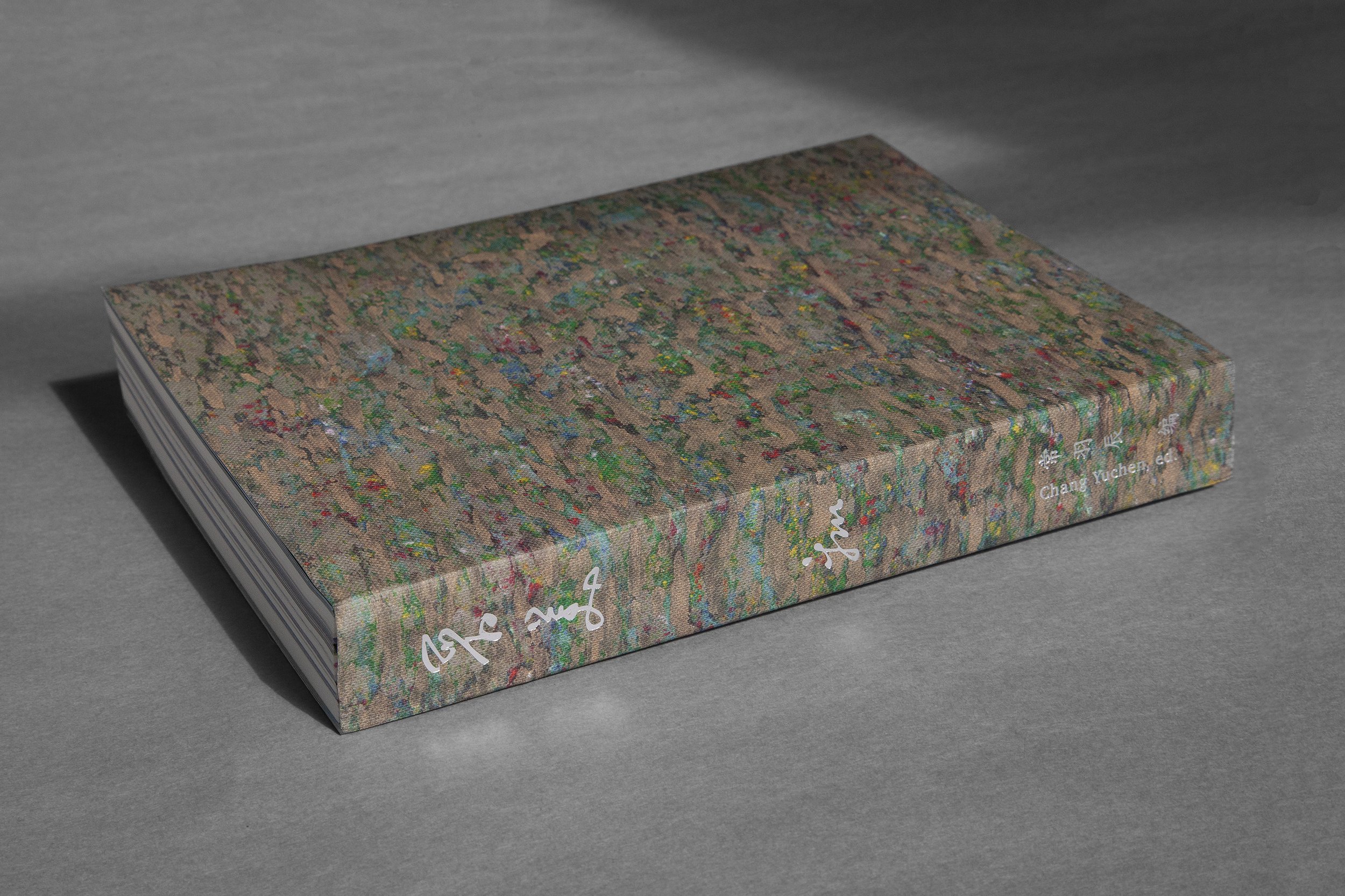Jin Mei x society of home






























晋美 x society of home
2025年1月8日—2月10日
上海市虎丘路78号2-4号楼,society of home创作者之家
society of home携手艺术家晋美推出2025新春服饰及家居配饰系列,同时在society of home外滩源店内举办画展。开幕当天,「随机波动」的主播张之琪与晋美展开了一场关于艺术与生活的对谈。
摄影:Johnny Chiang
Jin Mei x society of home
January 8—February 10, 2025
society of home, No.78 Hu Qiu Road, Building 2-4, Shanghai
society of home launches its Spring 2025 apparels and accessories in collaboration with artist Jin Mei, accompanied by a mini exhibition in society of home’s Rockbund storefront. A conversation between Jin Mei and Zhang Zhiqi, the co-host of beloved podcast Stochastic Volatility, was held during the opening.
Photographer: Johnny Chiang
Jin Mei — Solo Exhibition at Kiang Malingue
晋美
2024年10月26日—11月23日
香港香港仔兴和街25号大生工业大厦13楼
马凌画廊于田湾空间荣誉展出晋美创作的纸上绘画,首次全面检视艺术家自二零一五年以来创作的超过一百五十件作品。展览追溯了晋美此系列悠长实践的缘起及发展路径,并配有由晋美女儿常羽辰撰写的文章。常羽辰亦负责了晋美近期出版物《晋美》的编辑工作。
图片由艺术家和马凌画廊惠允
Jin Mei
26.10.24 – 23.11.24
13/F, Blue Box Factory Building, 25 Hing Wo Street, Aberdeen, Hong Kong
“Kiang Malingue is pleased to present at its Tin Wan space an exhibition of drawings by Jin Mei. This is the first comprehensive exhibition of more than 150 drawings by the artist, tracing the origin and developments of Jin Mei’s drawing practice since 2015. The exhibition is accompanied by an essay written by Jin Mei’s daughter Chang Yuchen, who acted as the editor of the artist’s recent publication, jm.”
Courtesy of the artist and Kiang Malingue
打开 — Open M Art Fair
Open M Art Fair, Beijing, 2024
Open M 艺术节
2024年6月12日—6月16日
北京劝业场
受到打开Open M艺术节的邀请,我们在大栅栏文物保护建筑劝业场内,以空间的方式呈现《晋美》,展示书本以及收录于书本中的大量原作。读者得以更直观地感受到晋美丰富的笔触、多变的质感,沉浸于晋美画作中那既质朴又绚烂的世界。在展览期间,我们举办了《晋美》的新书发布会。发布会以对谈的方式进行,参与者包括牛晋美、常羽辰、作家淡豹、以及Open M的主理人周玥。我们分享了这些画的创作、这本书的编辑、母女合作的经验、以及艺术与日常的远近亲疏。
展陈设计:王藝祺 / 建築其中
摄影:常羽辰、常青、Open M Art Fair
Open M Art Fair
June 12th - 16th, 2024
The Beijing Quanyechang Culture and Art Center
Invited by Open M Art Fair, we opened jm the book spacially in the landmark building Quanyechang, showcasing many original drawings that were included in the book. Viewers were invited to experience the rich and diverse textures in Jin Mei’s work more directly. A launch event in the form of panel discussion was also facilitated during the fair, where Jin Mei and Yuchen were joined by writer Danbao and the founder of Open M Zhou Yue. Jin Mei shared her experience of making these drawings, while Yuchen shared how they collaboratively produced the book. Together they discussed the seperation and the entanglement between art practice and everyday life.
Exhibition Design: Yichi Wang / studio Eki Ong
Photographer: Chang Yuchen, Chang Qing, Open M Art Fair
晋美 jm
《晋美》
牛晋美 作品
编辑与设计:常羽辰
扫描与摄影:常青
15 x 21.5 x 3 cm, 458 页
初版印刷 2024
多少書 出版
夢廠 出品
华宇集团及华宇青年奖提供项目支持
“晋美是我妈妈。二零一五年底晋美开始在纸上画画。先是用水彩笔画在家里速写本的空白页上,后来用蜡笔、色粉等材料画在彩色纸上。从那时起每次我回北京她都会给我看画。在这些画中,我可以感受到妈妈;但感受到更多的,是陌生难以名状的力量。那些看似重复的纹样,每次出现都有些微不同,似与不似之间的张力造成类似震颤的幻觉。重复不是机械性的而是充满情绪的,执着的,脉搏一般地稳健地冲击着我。
我不仅欣赏妈妈的画,更欣赏她作为创作者的工作风格。她无时无刻不在画画:在餐桌或床边,在做饭前,洗碗后,在遛狗和去银行办事之间——妈妈的工作方式让我认识到,艺术并不只在宽敞的工作室和大把不被打扰的时间中才能产生,艺术家也未必需要成为职业,相反,艺术是人的自然而然。像花儿向着阳光,像小草钻出墙缝,妈妈在生活的琐碎与烦恼之间见缝插针地起飞,性情自然舒展,艺术自然流泻。每一次,每一张纸片,她专注而快乐地填满,让吉光片羽被灌注了永恒,平凡的日子也有了光彩 。
过去的7年里,我缓慢地、勉力地搭建着这本书;与此同时,妈妈仍然高歌猛进地生产着,时常请爸爸扫描了新画用邮箱发给我,于是这书的页码越来越多。在我打这些字的同时,妈妈已经在新的画布上尝试新的笔触。这本书,只能是若干片段的集合。画的顺序不完全按照时间,我在她的能量中随波逐流,我希望打开这本书的读者也能体验类似自由的感受。”
– 常羽辰,前言节选
jm
Artwork by Niu Jinmei
Edited and designed by Chang Yuchen
Scanned and photographed by Chang Qing
15 x 21.5 x 3 cm, 458 p.
First Printing 2024
Published by How Many Books
Presented by DREAMER FTY
Produced with the support of the HUAYU GROUP and the HUAYU YOUTH AWARD
“Jinmei is my mama. Mama started to draw in 2015, initially with color markers on blank pages of my sketchbooks that she found at home, later with crayons and pastels on colorful paper. Since then, we would have a “studio visit” every time I went home in Beijing. I could feel mama in these drawings, but what I felt more was a strange and unnamable force. Within each drawing, every seemingly repetitive element was slightly unique, and this tension between resemblance and distinction almost created an optical illusion, a constant tremor. Repetition is not mechanical, but charged with emotion and persistence, like pulsing.
I not only appreciate mama’s work, but also her style of working. She’s always drawing: by the dining table, in her bed, sometimes on a folding chair; before cooking, during laundry, between going to the bank and walking Dandan (our dog) – the way mama uses her time has made me realize, art is not something so special that it can only happen in a designated location or moment, and “artist” is not necessarily a profession; on the contrary, art is human nature. As a flower grows towards the sunlight or grass emerges from a crack, mama seizes the opportunity amid the chores and troubles of everyday life, from which she departs for a momentary flight. With concentration and joy, she filled up pieces of paper, pieces of time. Her essence naturally flows, her art naturally thrives. Thus the fragments of life are infused with sublime.
In the past 7 years, I’ve been building this book with slow yet trying effort. Mama meanwhile maintains her high productivity, once in a while asking baba to email me new scans, so the page number keeps growing. While I’m typing these words, mama has already started brand-new experiments on brand-new canvas across the oceans. This book can only be an assemblage of several phases of her practice. The order of this book is not exactly chronological; I indulge myself to drift with her free flow of energy, and it is my hope that the readers who open this book can join me.”
– Excerpt of the preface by Chang Yuchen



































































